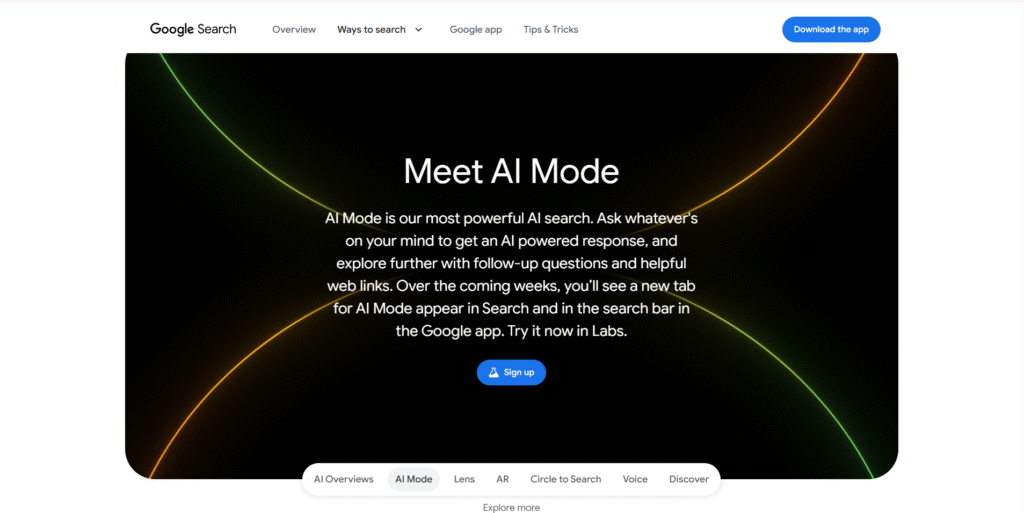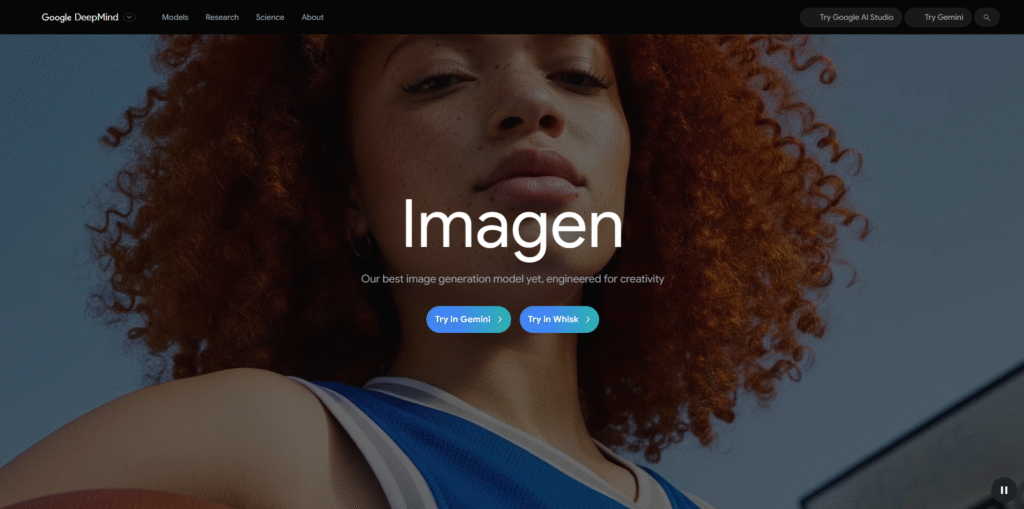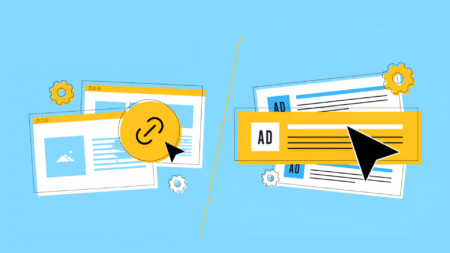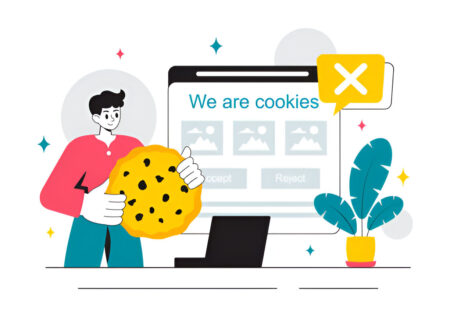Every year, Google I/O serves as the beacon for developers, marketers, and tech enthusiasts worldwide, showcasing the latest breakthroughs from Google’s innovation labs.
In 2025, the conference marked a pivotal shift towards an AI-first future, with artificial intelligence woven deeply into Google’s core products and services.
This year’s Google I/O was dominated by announcements around Gemini 2.5, Google’s most advanced AI model, AI Mode in Google Search, generative AI tools like Imagen 4 and Veo 3, and transformative communication features such as Google Meet’s real-time translation.
These updates are not just incremental; they redefine how users search for information, interact with content, and collaborate across borders.
In this comprehensive article, you will discover the major AI innovations unveiled at Google I/O 2025, understand their impact on the digital landscape, and learn how businesses and marketers can adapt to thrive in this new AI-powered world.
Google I/O 2025: A New Era of AI-Powered Search

AI Mode and AI Overviews: The Future of Search
Google Search has traditionally relied on a list of links ranked by relevance. However, with the introduction of AI Mode and AI Overviews, Google is transforming search into a conversational, interactive experience.
AI Overviews provide concise, AI-generated summaries that synthesize answers from multiple sources, directly on the search results page.
AI Mode allows users to ask complex, multi-part questions and receive detailed, multimodal responses including text, images, charts, and even videos.
For example, if you search for “best smartphones under $700 with great cameras,” AI Overviews will summarize expert reviews, user ratings, and price comparisons, all in one place, saving you time and effort.
Powered by Gemini 2.5
At the heart of this transformation is Gemini 2.5, Google’s latest AI model that understands text, images, and voice inputs. Gemini 2.5 can perform deep reasoning, break down complex queries, and generate human-like responses.
Gemini 2.5’s multimodal capabilities allow it to:
Analyze images you upload alongside text queries.
Generate charts or visual summaries to explain data.
Engage in follow-up conversations to refine answers.
Impact on User Behavior and Search Layout
The shift to AI-powered search is changing user behavior:
Users spend more time interacting with AI-generated answers.
Traditional organic search results are pushed lower, increasing competition for visibility.
Google reports over 1.5 billion monthly users engage with AI Overviews globally, with a growing number outside the U.S.
This means businesses must rethink SEO strategies to optimize for AI Overviews and conversational search rather than just traditional keywords.
Early Access and Rollout
AI Mode is currently available in the U.S. with plans for global expansion. Google also offers a Labs environment for users to test new AI features like custom charts and agentic actions, where the AI can perform tasks on behalf of users.
Gemini 2.5 and the Evolution of AI Models

What Makes Gemini 2.5 Special?
Gemini 2.5 is a leap forward in AI technology:
Multimodal Input: It understands and processes text, images, and voice seamlessly.
Deeper Reasoning: Capable of handling complex, multi-step queries with nuanced understanding.
Efficiency: Faster and more context-aware responses, reducing irrelevant or generic answers.
Open Models for Developers: Gemini Nano and Gemma Family
Google has also introduced smaller, open-source models like Gemini Nano and the Gemma family, which developers can use to build AI-powered applications. These models balance power and accessibility, enabling startups and enterprises alike to innovate rapidly.
Real-World Applications Across Industries
Gemini 2.5 powers AI tools in various sectors:
Retail: Personalized shopping assistants that recommend products based on user preferences and past behavior.
Banking: Fraud detection systems and AI chatbots providing 24/7 customer support.
Healthcare: AI aids in diagnostics by analyzing medical images and patient data.
Media: Automated content creation, summarization, and personalized news feeds.
Generative AI: Imagen 4, Veo 3, and Beyond

Revolutionizing Creative Workflows
Google introduced new generative AI tools that are transforming content creation:
Imagen 4: A state-of-the-art image generation model that produces high-quality visuals rapidly.
Veo 3: A powerful generative video tool that can create and edit videos with minimal human input.
Lyria 2: AI-driven music composition software that helps creators produce original soundtracks.
Integration with Google Workspace
These tools are integrated into Google Workspace apps like Docs, Slides, and Meet, allowing users to generate images, videos, and music directly within their workflow, streamlining creative processes.
Benefits for Marketers and Content Creators
Marketers can leverage generative AI to:
Quickly produce personalized ad creatives tailored to different audience segments.
Generate engaging social media videos without expensive production.
Scale content creation while maintaining brand consistency.
Developer Tools and Platforms: Empowering AI-First Applications
Firebase AI and SDK Updates
Google enhanced its developer platforms with AI integrations:
New Firebase AI features simplify adding AI capabilities to apps.
Android and Flutter SDKs now include AI-powered components for natural language processing and image recognition.
Project Astra and Agentic AI
Project Astra introduces agentic AI tools that can autonomously perform tasks like booking appointments or filling forms, moving beyond passive assistance to active task completion.
Gemini Code Assist
Developers benefit from Gemini Code Assist, an AI-powered integrated development environment (IDE) enhancement that helps write, debug, and optimize code faster.
Cross-Platform AI Integration and Enhanced User Experiences
AI Across Google Workspace and Search
AI capabilities are embedded throughout Google Workspace apps:
Smart writing suggestions in Docs.
Automated data insights in Sheets.
AI-generated presentations in Slides.
Search also benefits from AI-powered features like enhanced snippets and interactive results.
Android’s New AI Features
Android devices now include:
Contextual awareness to provide smarter notifications and suggestions.
AI-powered photo and video editing tools that automatically enhance content.
Ambient Computing and Multimodal Interaction
Google is advancing ambient computing, allowing users to interact with devices through voice, touch, and vision seamlessly, creating a more natural and intuitive experience.
Chrome and Web Platform AI APIs
Developers can use new AI APIs to build richer web experiences, such as voice-enabled browsing and AI-powered content personalization.
AI-Driven Innovations in Shopping and E-commerce

Virtual Try-Ons and Personalized Recommendations
AI enables shoppers to virtually try on billions of apparel items using their photos, increasing confidence and reducing returns.
Smarter Price Tracking and Shopping Graph
AI tracks prices in real-time and curates personalized deals, helping users save money effortlessly.
Visual Search Upgrades
Users can search for products by pointing their phone camera at objects, receiving instant information and purchase options.
Marketing and Retail Implications
Marketers can create immersive, personalized campaigns.
Retailers benefit from increased conversion rates and customer satisfaction.
Real-Time Translation and Communication Enhancements
Google Meet’s Live Translation
Google Meet now offers real-time speech translation that preserves voice tone and expressiveness, enabling natural conversations across languages.
“Breaking language barriers is key to fostering global collaboration,” said Sundar Pichai, CEO of Google.
Android Notification Innovations
The new ProgressStyle and Live Updates notification systems allow marketers to send dynamic, real-time updates, improving engagement with live events, sports scores, and breaking news.
Industry Impact and Strategic Insights
Redefining Search and Marketing
Google I/O 2025’s AI innovations require businesses to:
-
Create AI-friendly content that can be featured in AI Overviews.
-
Use structured data and multimedia to enhance discoverability.
-
Embrace conversational and multimodal content formats.
Opportunities for Enterprises
-
Personalize customer experiences at scale.
-
Automate routine tasks with agentic AI.
-
Innovate product discovery and digital marketing strategies.
Challenges and Recommendations
-
SEO must evolve to focus on Large Language Model Optimization (LLMO), Answer Engine Optimization (AEO), and Generative Engine Optimization (GEO).
-
Balance AI automation with human creativity and oversight.
-
Invest in continuous learning and technology adoption.
Conclusion
Google I/O 2025 has ushered in a new era where AI is deeply embedded in search, communication, and content creation.
From Gemini 2.5’s powerful AI Mode to generative tools and real-time translation, these innovations are transforming how we interact with technology.
To stay competitive, businesses and marketers must adopt AI-driven tools, optimize for AI-powered search, and continuously innovate.
Staying informed and agile will be essential to thriving in this AI-first ecosystem.








